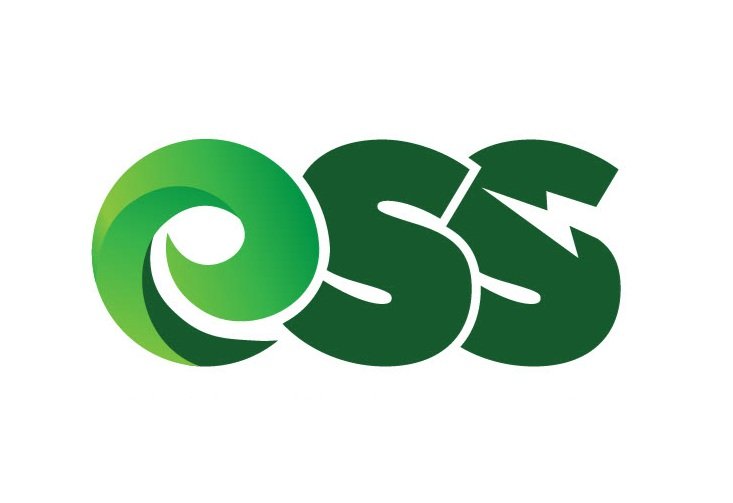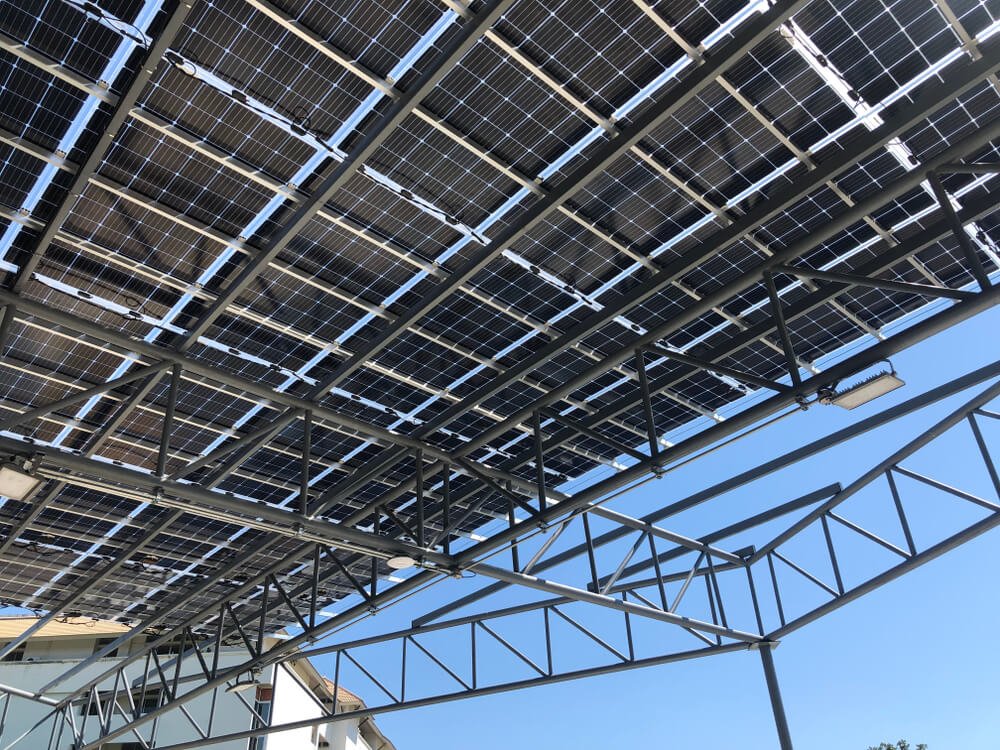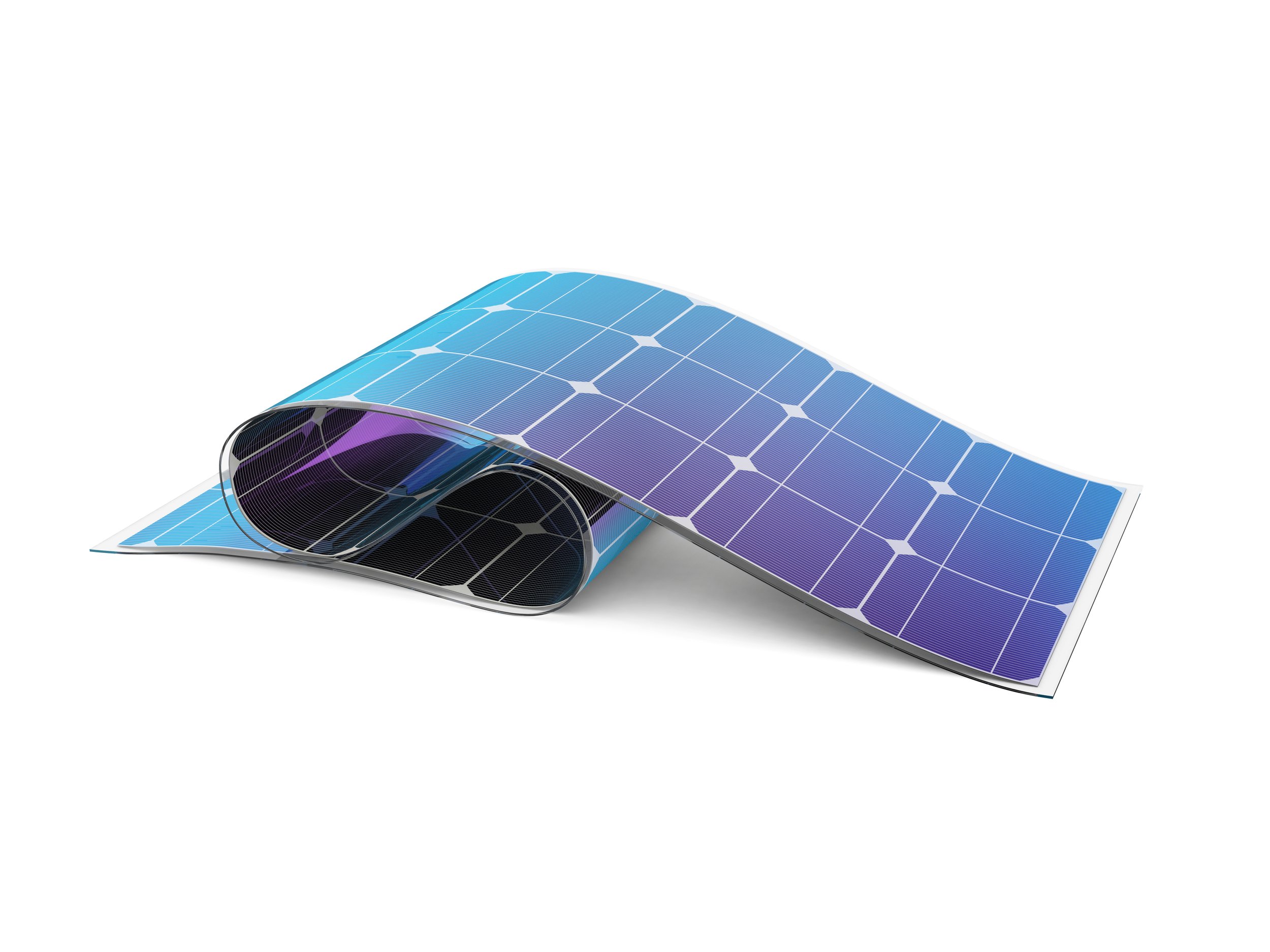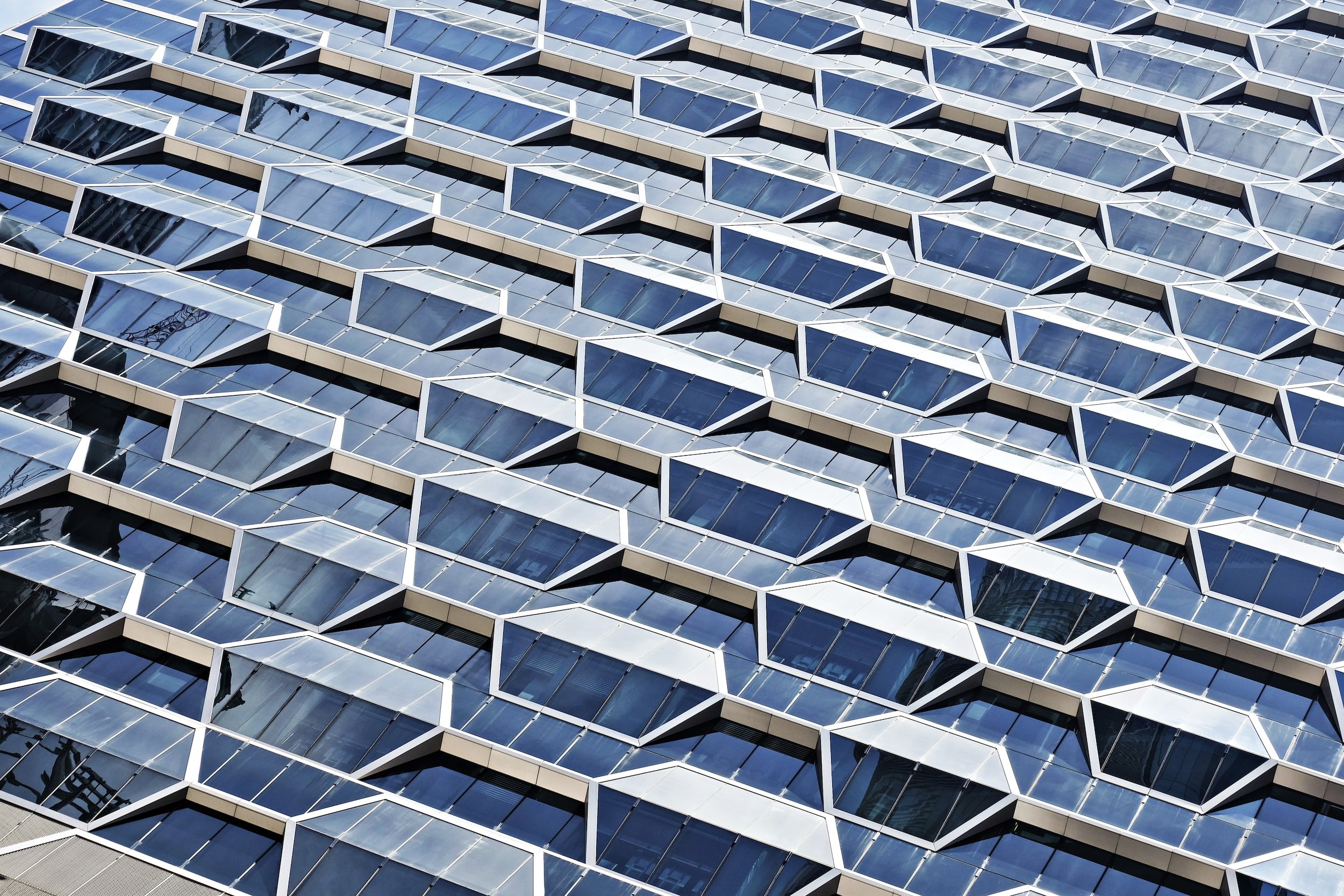Solar Panel Efficiency Loss and Degradation Over Time
The Passage of Time on Solar Panels: Insights from ESS Solar
In the captivating realm of solar energy, time is both an ally and a silent adversary. As the sun continues to shine its radiance upon the Earth, the solar panels that diligently capture its power also experience the passage of time. Join us on this enlightening journey, curated by ESS Solar, as we delve into the intricacies of solar panel efficiency loss and degradation over time.
Understanding Solar Panel Efficiency Degradation
The Inevitable Dance with Nature
Just as the sun rises and sets each day, solar panels inevitably embark on a journey of transformation over their operational lifespan. Solar panel efficiency degradation refers to the gradual decrease in their ability to convert sunlight into electricity. This natural process is influenced by a multitude of factors, each contributing to the panel's performance evolution.
Factors Influencing Efficiency Loss
Solar Cell Materials and Technology: Different types of solar cell materials and technologies have varying degrees of susceptibility to degradation. Monocrystalline, polycrystalline, and thin-film panels each respond differently to environmental stressors.
Temperature: Solar panels function optimally in cooler temperatures. Prolonged exposure to high temperatures can accelerate the degradation process, leading to efficiency losses.
Humidity and Moisture: Moisture infiltration can lead to corrosion and damage within the panel's components, impacting overall performance.
UV Radiation and Environmental Stress: UV radiation, weather conditions, and pollution can collectively contribute to the wear and tear of solar panels, affecting their efficiency.
Potential Induced Degradation (PID): In certain conditions, voltage potential differences within the panel can trigger PID, causing a reduction in efficiency.
Mechanical Stress: External pressures, such as hail or debris impact, can cause microcracks or breakages in the solar cells, leading to decreased efficiency.
Manufacturer Quality and Workmanship: The design, manufacturing process, and quality control practices of solar panels play a pivotal role in determining their durability and longevity.
Measuring the Ebb and Flow of Efficiency
Understanding the Degradation Rate
Solar panel efficiency degradation is quantified through the concept of the "degradation rate." This rate signifies the percentage of efficiency lost per year. Industry standards often indicate a degradation rate of around 0.5% to 1% per year for high-quality panels. However, advancements in technology and improved manufacturing practices have led to panels with even lower degradation rates.
How to Mitigate Solar Panel Efficiency Loss
Technological Innovations
Advancements in solar technology continue to combat efficiency degradation. Anti-reflective coatings, improved cell designs, and enhanced encapsulation materials are among the innovations that help panels resist the impact of environmental stressors.
Panel Cooling
Implementing effective cooling mechanisms can significantly reduce the impact of high temperatures, enhancing panel longevity and efficiency retention.
Proper Maintenance and Care
Regular cleaning, inspection, and maintenance can mitigate the effects of dust accumulation, debris, and potential microcracks, ensuring panels operate optimally.
Real-time Monitoring
Incorporating monitoring systems that track panel performance can enable prompt identification of efficiency dips, allowing for swift intervention.
Frequently Asked Questions (FAQ)
-
On average, solar panels degrade at a rate of about 0.5% to 1% per year. This means that after one year, a panel's efficiency might decrease by that percentage from its original output.
-
Given an average degradation rate of 0.5% to 1% per year, solar panels will typically lose about 10% to 20% of their original efficiency after 20 years. This means a panel that started at 100W might produce 80W to 90W after two decades.
-
A typical crystalline silicon solar panel, which is the most common type, has a degradation rate of about 0.5% per year. Thin-film solar panels, like CdTe or amorphous silicon, might degrade slightly faster, often around 1% per year.
-
The efficiency degradation curve of solar panels is generally linear, with a small, more significant drop in the first year, followed by a steady, gradual decline over the subsequent years. However, the exact shape of the curve can vary based on the type of panel, its quality, and the environmental conditions where it's installed.
The Long-Term Horizon: Investing in Sustainable Energy
Wise Investments in the Future
While solar panel efficiency degradation is inevitable, it should not deter the adoption of solar energy. The long-term benefits of solar power, including reduced energy bills, environmental preservation, and energy independence, far outweigh the gradual efficiency losses.
A Holistic Perspective
When considering solar installations, it's essential to approach the decision with a holistic mindset. Efficiency degradation is just one aspect of the broader picture that encompasses environmental impact, financial feasibility, and long-term sustainability.





